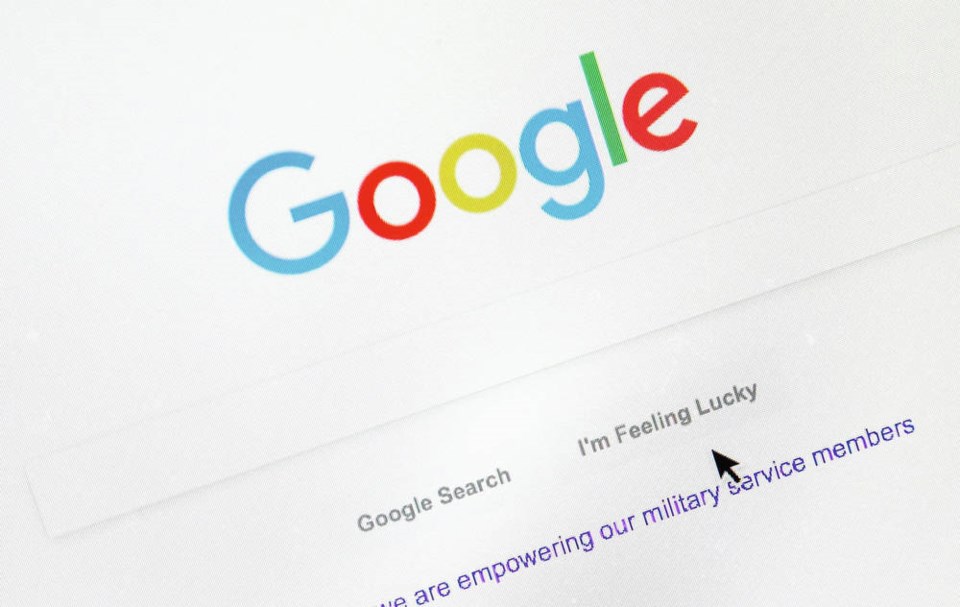It seems inevitable, in a time of expanding student access to knowledge technology, that public education will head in the direction of what is called constructivist teaching and learning. Constructivist classroom activities involve teachers engaging students in activities that expand their interests and build on their experiences.
Constructivist approaches to teaching encourage higher-order thinking that routinely involves taking students beyond finding and reporting facts to forming and defending opinions and solving open-ended problems.
It’s based on the belief that learning occurs as students are actively involved in a process of constructing meaning and knowledge rather than passively receiving information. Learners are the makers of meaning and knowledge.
A constructivist teacher and classroom would differ from a traditional classroom in a number of ways: learning is interactive and student-centred, and the teacher facilitates a process in which students are encouraged to be responsible and autonomous.
The sa���ʴ�ý Grade 12 20th- century world history curriculum, for example, requires students to use inquiry processes and skills to ask questions, gather, interpret and analyze ideas, then communicate findings and decisions.
Not an easy learning goal to accomplish for all students in a traditional classroom.
Research via Google is the obvious vehicle by which students, and not just senior secondary students, could “construct” a thoughtful response to this challenge.
A constructivist approach to the Grade 12 history curriculum, for example, would ask students to find out what was unexpected about the route by which Hitler invaded France on May 10, 1940. Students would be told to research online and be prepared to explain the role the “Maginot Line” played in that decision. Notes would need to be taken for a class discussion next class.
But is the public education system ready for that kind of constructivist approach, as opposed to a traditional “stand and deliver” lesson?
Let’s consider the technology requirements before a constructivist approach to classroom teaching and learning can claim to be the future.
It’s not just a matter of connectivity. For access to learning technology to be meaningful, it must also be affordable for schools and individuals — or even available.
While the CRTC identifies 92% of households in sa���ʴ�ý as having access to target speeds of 50 Megabytes per second (Mbps), they are largely in urban areas.
An internet speed of anywhere between 50 and 100 Mbps allows students to stream in HD or even 4K (four times the size of standard HD), stream music, game, browse social media, and work from home.
So far so good, but in B.C, only 38% of rural communities and 38% of rural Indigenous communities have access to the recommended broadband Internet speeds.
These areas are primarily on the outskirts of connected communities or in rural or remote areas where populations are small or dispersed, making access to Internet connectivity expensive and challenging.
Equitable Internet access across the province is easier to talk about than accomplish.
Slowly, more and more communities farther from major centres are finding ways to access or improve online interconnectivity, but coverage, even within the same area, depends on a number of factors, including the uneven topography typical of sa���ʴ�ý
And that’s not all. A key requirement as Internet access becomes more widely available is the application of standard network and security practices across the province, while allowing individual schools and school districts to invoke security measures to meet their own policies and educational needs.
At this point, government has involved the Palo Alto Networks Security Operating Platform, which it hopes will block cyberattacks across cloud, network, mobile devices.
Home and school Internet access has become an increasingly important platform for progressive teaching and learning. The long-term success of using the Internet in education will be measured by outcomes, both in students’ attainments and greater emphasis on individualized learning.
Geoff Johnson is a former superintendent of schools.



